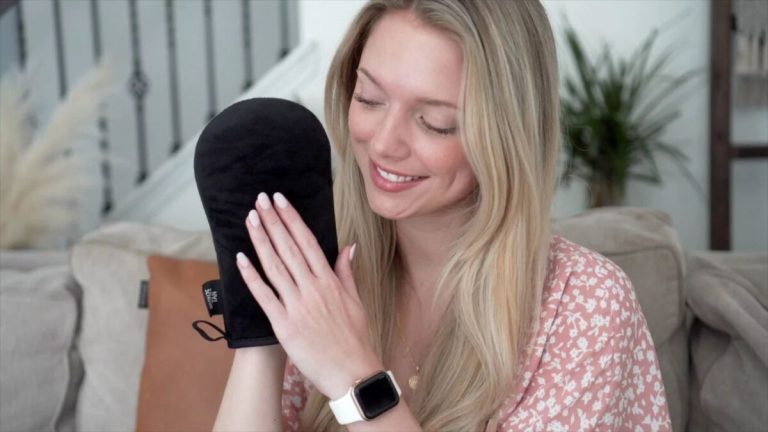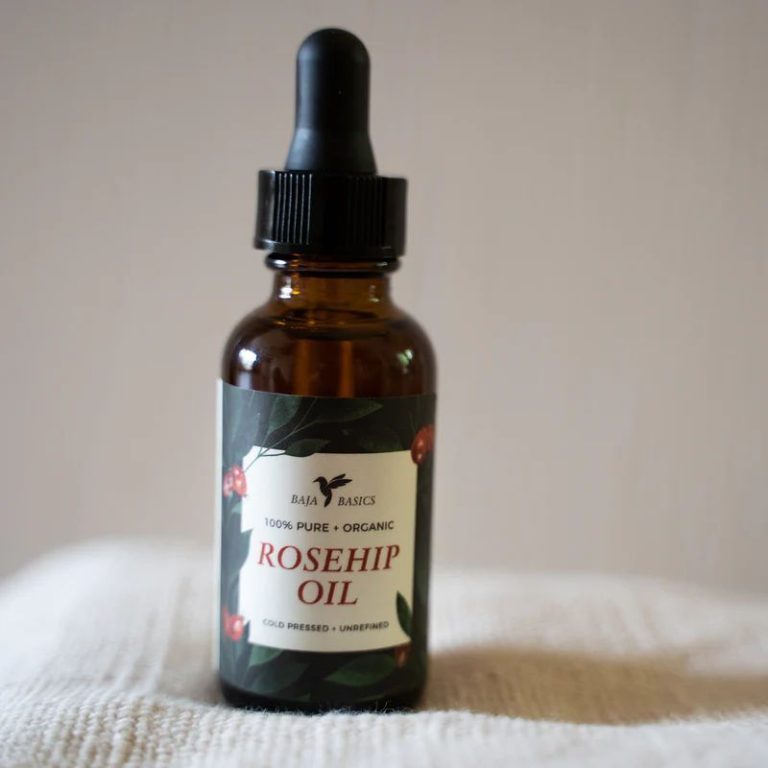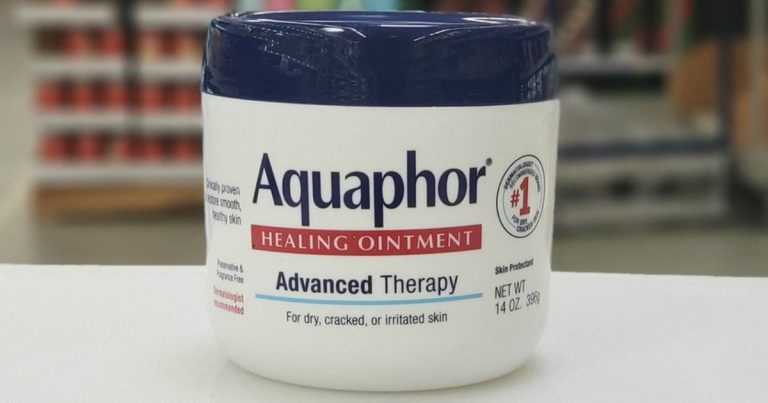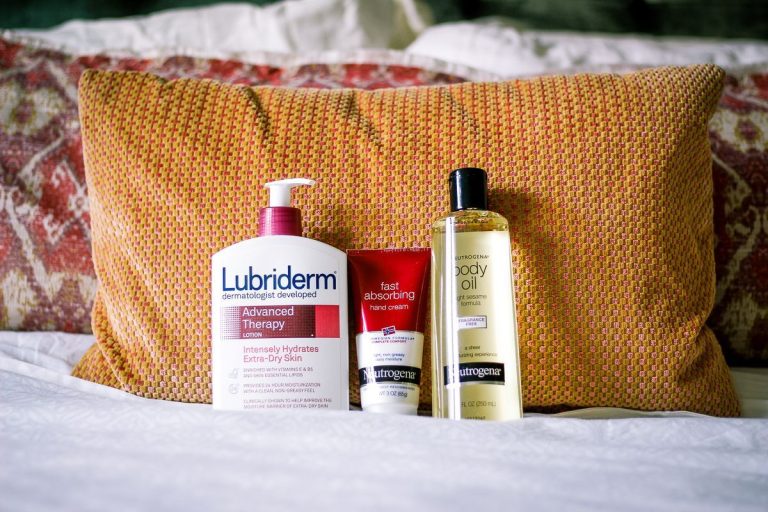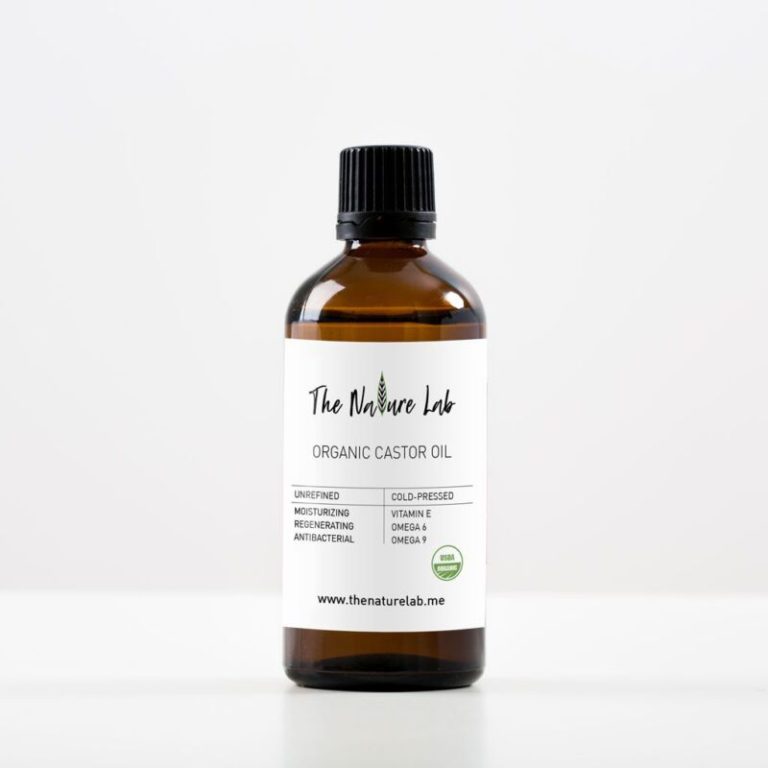10 Tips to Tan Quickly and Safely
Summer is here and many of us want to achieve that sun-kissed glow as quickly as possible. Getting a bit of color can give you an attractive tan, but you have to be smart about it.
Prolonged sun exposure comes with serious risks, like premature skin aging and melanoma. This guide will provide tips on how to tan quickly and safely under the summer sun.
Why Get a Tan?
Contents
Before jumping into tanning advice, let’s first go over some of the main motivations behind wanting a tan:
- Boosts Mood: Exposure to sunlight prompts your brain to release serotonin, a feel-good hormone that boosts your mood and can fight Seasonal Affective Disorder (SAD).
- Vitamin D Production: When UV rays hit your skin, it triggers the synthesis of vitamin D which is vital for bone health and immune function.
- Appearance: Tanned skin is often viewed as more attractive. Many want a sun-kissed glow for confidence and to look healthy.
However, you have to weigh these benefits against the dangers of too much sun exposure:
- Premature Aging: UV exposure breaks down collagen and elastin leading to wrinkles, age spots, and leathery skin.
- Skin Cancer: Overexposure to UV radiation greatly raises your risk of developing melanoma and other skin cancers.
So how can you maximize the benefits while minimizing the risks? Follow these tips:
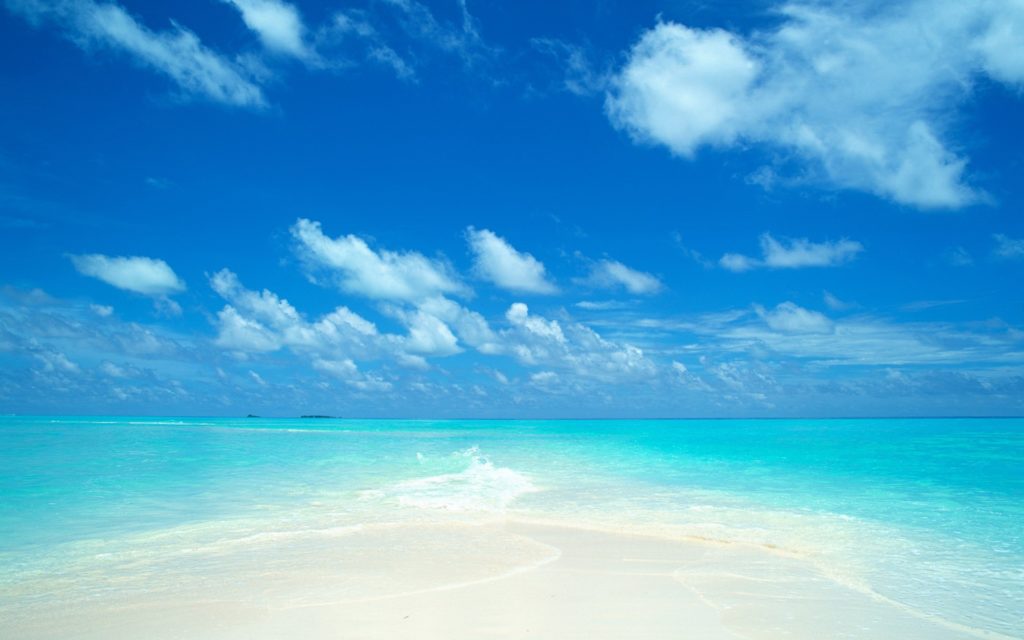
Choose Safe Tanning Over Sunbeds
It may be tempting to use tanning beds to quickly bronze your skin. However, tanning beds can be incredibly dangerous as they utilize concentrated UV radiation.
- One study found those who use tanning beds are 75% more likely to develop melanoma, the deadliest form of skin cancer.
- Frequent tanners are also up to 15 times more likely to be diagnosed with squamous cell carcinoma and basal cell carcinoma.
Instead of using sunbeds, opt for safe sunbathing practices. If you want an instant glow, use self-tanning lotions containing dihydroxyacetone (DHA) which don’t damage your skin.
Find the Right Sunscreen
Slathering on sunscreen is a must for safe tanning. But not all sunscreens are equal. Here’s what to look for:
- Broad Spectrum: This means the sunscreen protects against both UVA and UVB rays. Both can damage skin and cause cancer.
- SPF 30+: Dermatologists recommend using SPF 30 as it blocks 97% of UVB rays. Higher SPFs like SPF 50 don’t offer much more protection.
- High UVA Protection: Check the product’s star rating system for UVA protection. 4 or 5 stars indicates high UVA coverage.
- Water Resistant: Sweat and water can wash away sunscreen. Find a waterproof or water-resistant formula.
- Non-Comedogenic: Avoid pore-clogging sunscreens if you’re acne-prone. Look for oil-free, non-comedogenic ones.
Know Your Tanning Time Limit
You only need a limited amount of sun exposure to tan. After a certain point, your body reaches a tanning plateau. Continued UV exposure provides no extra melanin protection but does continue skin damage.
Here are some general tanning time limit guidelines based on skin type:
- Very Fair Skin: 5 to 10 minutes sun exposure
- Fair Skin: 10 to 15 minutes
- Medium Skin: 15 to 20 minutes
- Olive Skin: 20 to 30 minutes
Set a timer on your phone and don’t exceed your limit. Reapply sunscreen and seek shade afterwards.
Seek Shade For a Healthy Tan
To maximize tan development while minimizing sun damage:
- Avoid sunbathing between 10am and 4pm when UV rays are most intense.
- Take regular shade breaks to reduce your overall UV exposure. Sit under an umbrella or tree.
- The skin continues to tan after you get out of the sun. Seeking shade allows melanin production without further damage.
- A “shade tan” is healthier and longer-lasting than trying to tan for hours on end.
Cover Up Burnt Skin
If you have a sunburn, immediately cover up the skin with lightweight clothing. Burnt skin is extra vulnerable to UV damage. Let it fully heal before attempting to tan again.
Also apply moisturizer and soothing aloe vera gel to burnt areas. Stay hydrated and limit further sun exposure until the burn fades.
Consider Tan Accelerators
There are creams and pills marketed as “tan accelerators” that claim to speed up melanin production. However, many of these products do not live up to their claims.
The only supplement shown to truly boost your skin’s tanning response is beta-carotene. Studies demonstrate beta-carotene supplements lead to deeper, darker tans by providing extra skin protection.
But this doesn’t mean you can throw sunscreen and shade out the window. Beta-carotene only augments your skin’s natural defense – it is not a replacement for proper UV protection.
Eat Sun-Friendly Foods
What you eat can further help enhance your skin’s sun protection. Some foods found to help you tan faster and safer include:
- Tomatoes: Rich in lycopene, tomatoes boost skin’s UV defense.
- Green Tea/Coffee: Help prevent UV damage thanks to caffeine and antioxidants.
- Oily Fish: Omega 3’s and other antioxidants from salmon, tuna, etc.
- Dark Chocolate: Flavonoids like epicatechin provide modest sun protection.
Overall, a diet high in antioxidants is key for skin health and sun protection. But again, you still need traditional sunscreens and shade when tanning.
Avoid Mixing Fake Tans with SPF
If you use self-tanning lotions for an instant glow, avoid applying sunscreen at the same time. The ingredients don’t mix well.
The DHA in self-tanners reacts with certain chemicals in sunscreen, breaking them down and reducing SPF protection.
For the deepest, longest-lasting tan, apply self-tanner first. Wait at least 24 hours before applying sunscreen and heading outdoors.
Be Cautious During Peak Sun Hours
To quickly develop a healthy tan without overdoing it:
- Avoid sunbathing between 10am and 4pm when UV intensity is strongest.
- Take frequent shade breaks to limit your overall UV exposure.
- Wear UV-blocking sunglasses and wide-brimmed hats for extra protection.
- Reapply sunscreen diligently every 2 hours. Sweating and swimming wash it away.
- Stay hydrated by drinking plenty of water. Dehydration impairs your body’s ability to deal with sun exposure.
Soothe Skin Afterwards
Once you’ve finished tanning for the day:
- Apply soothing aloe vera gel to prevent peeling and moisturize.
- Hydrate by drinking extra fluids. Dehydration impairs your skin’s recovery.
- Take a cool shower or bath to refresh your skin. Avoid harsh scrubbing.
- Use an after-sun lotion, but avoid products with high alcohol content which can dry out skin.
- Moisturize daily while your tan develops over the next 48 hours.
- Let your skin fully recover before tanning again. Don’t overdo it.
Conclusion
Achieving an attractive summer tan quickly is tempting. But repeated, excessive UV exposure damages your skin and health. Use these tips to tan faster safely:
- Apply broad spectrum SPF 30+ sunscreen and reapply often.
- Know your ideal tanning time limit based on skin type.
- Seek shade and avoid peak sun between 10am to 4pm.
- Eat sun-friendly foods high in antioxidants.
- Hydrate and soothe skin afterwards to allow your tan to fully develop.
Focus on quality tanning sessions rather than quantity. Be smart to achieve a healthy glow you’ll love showing off all summer long!

Founded by Sophia Rodriguez, IGXO Cosmetics is a PETA-certified, cruelty-free, and vegan makeup brand.
